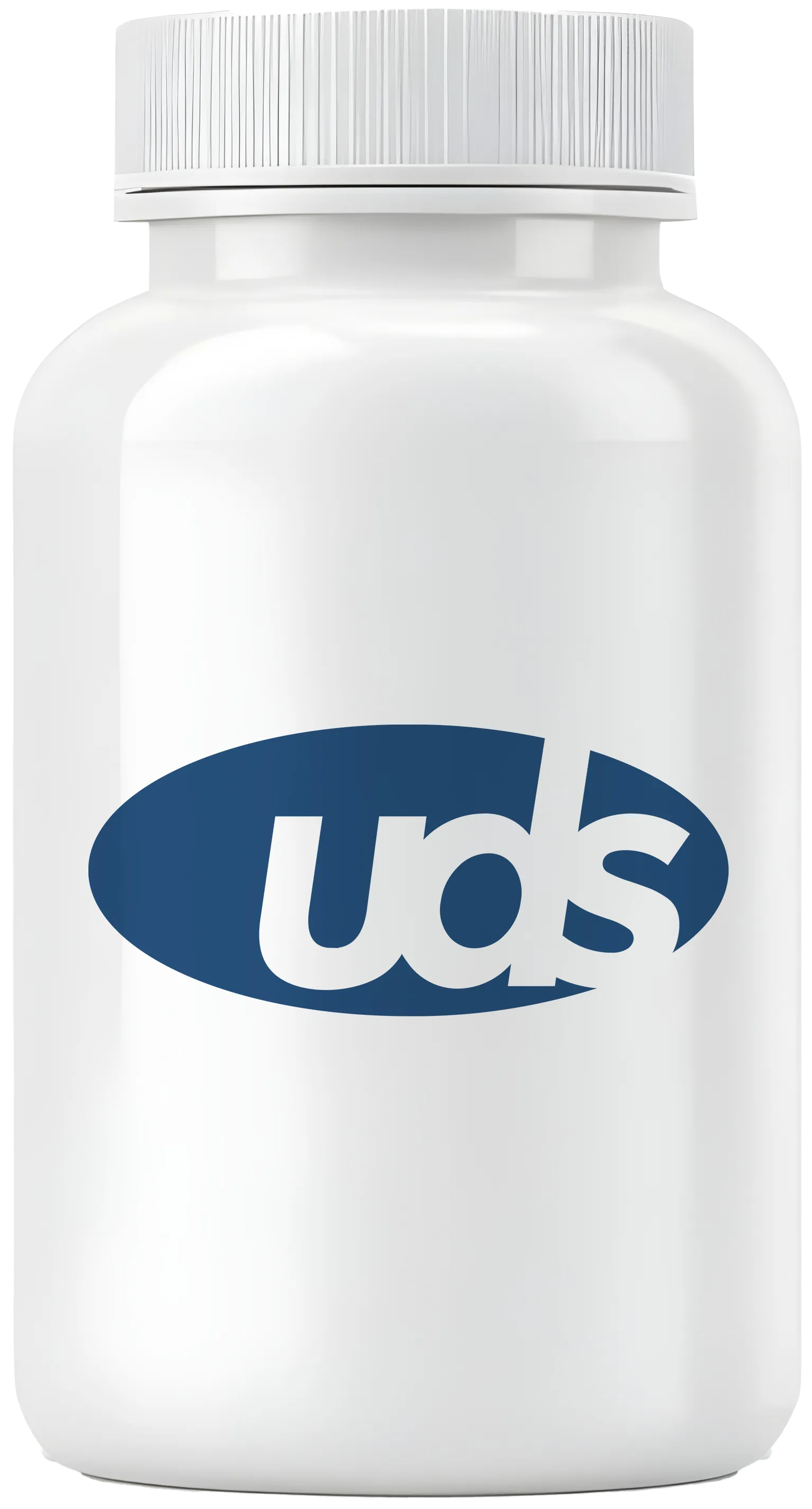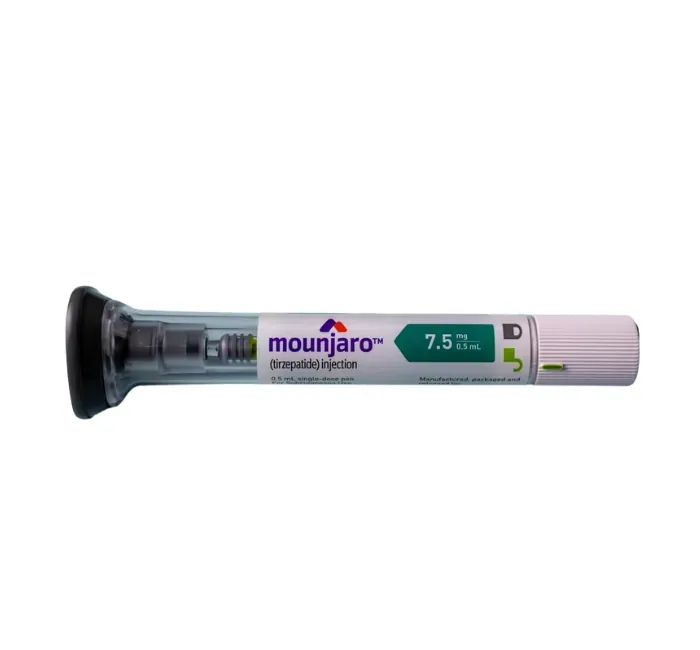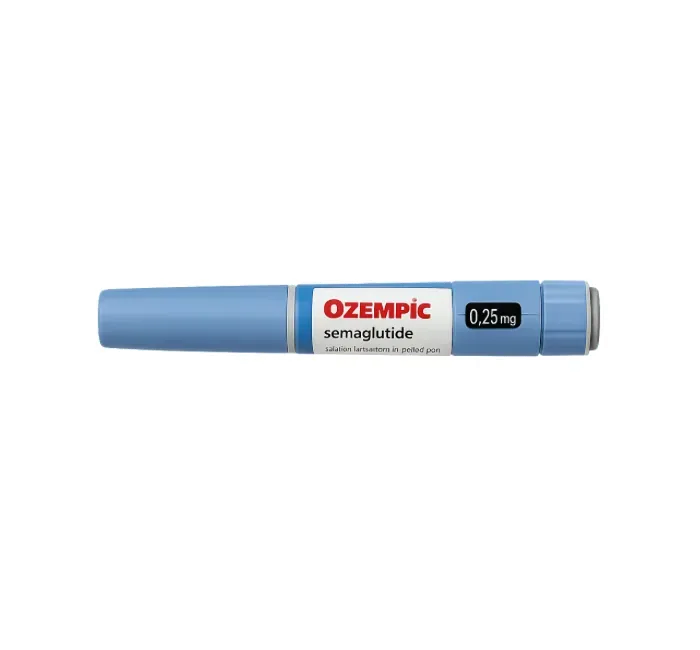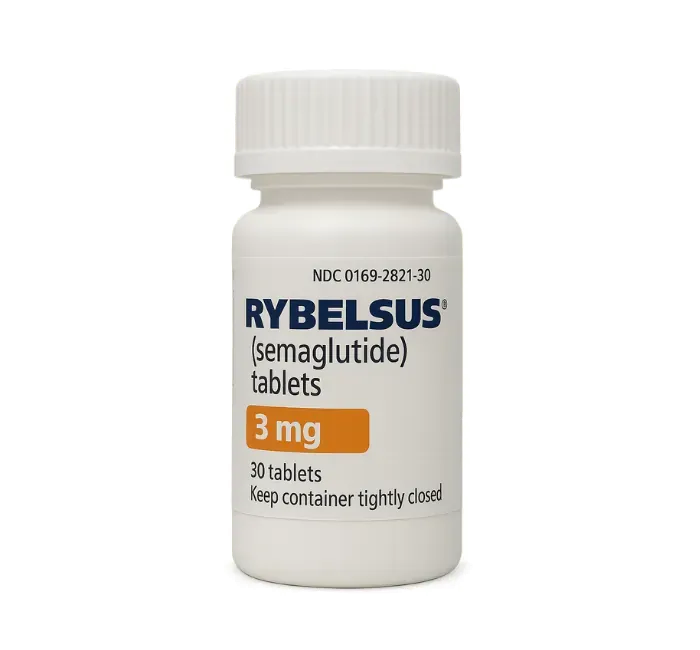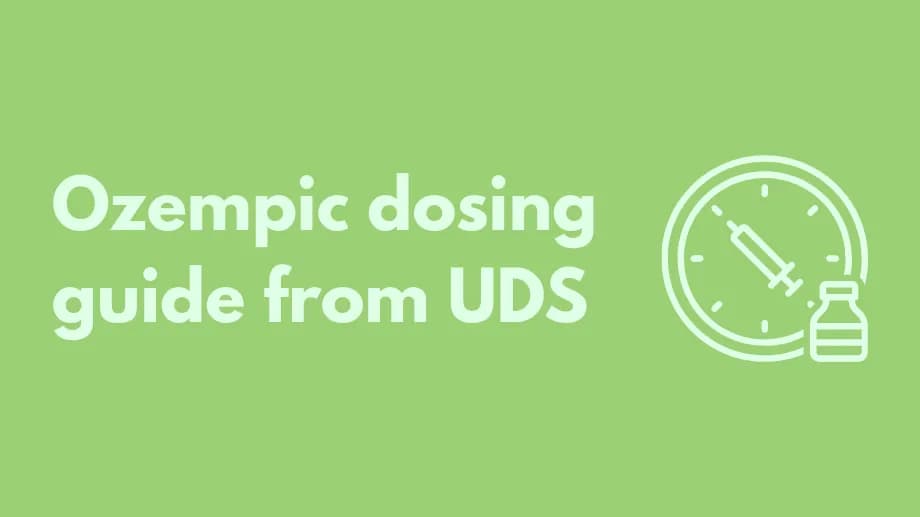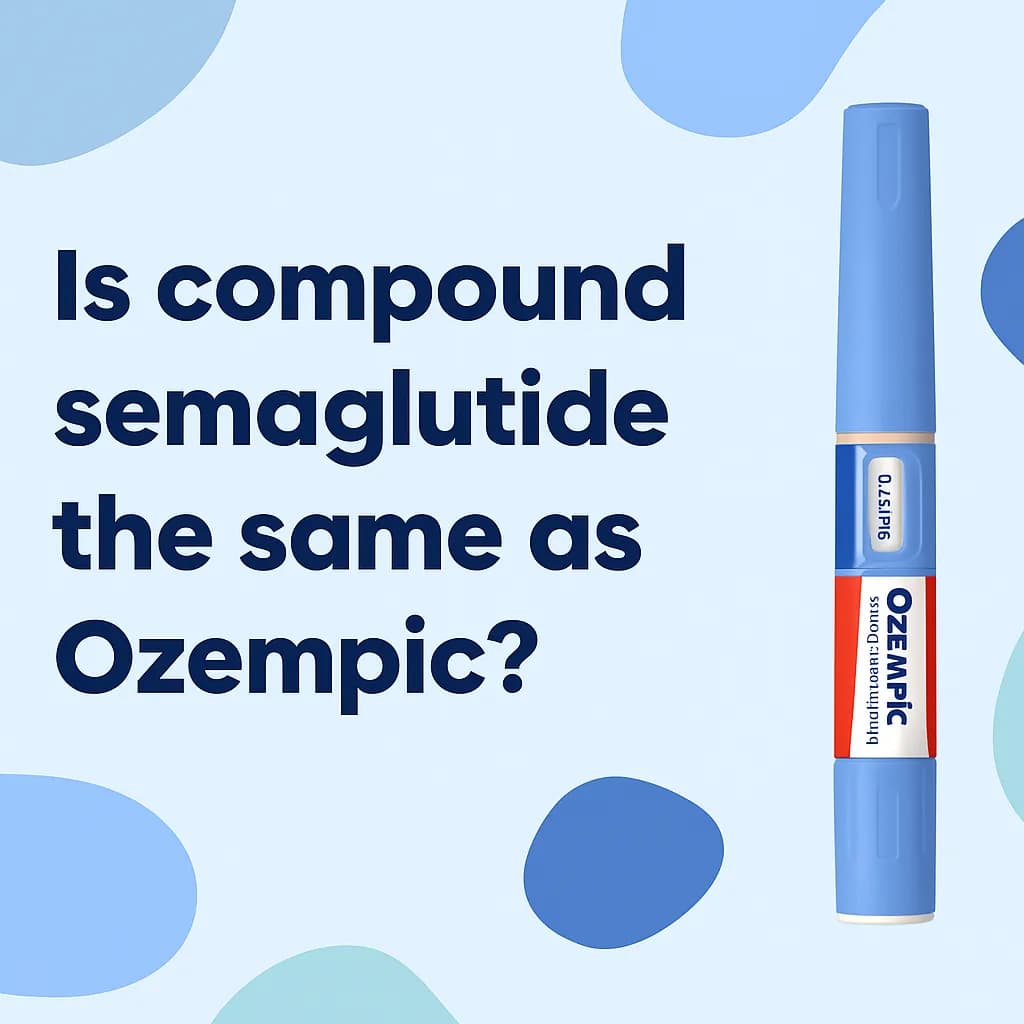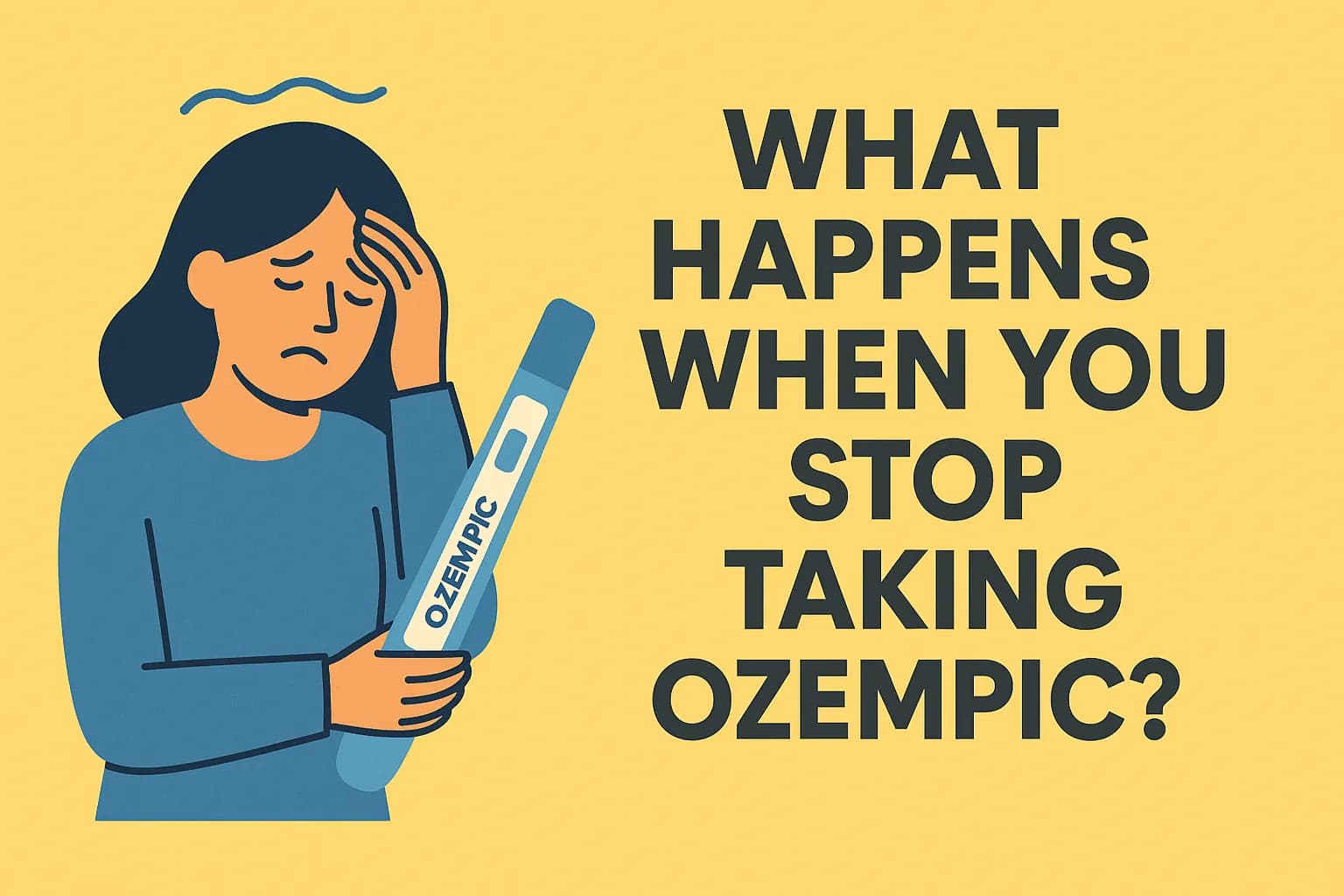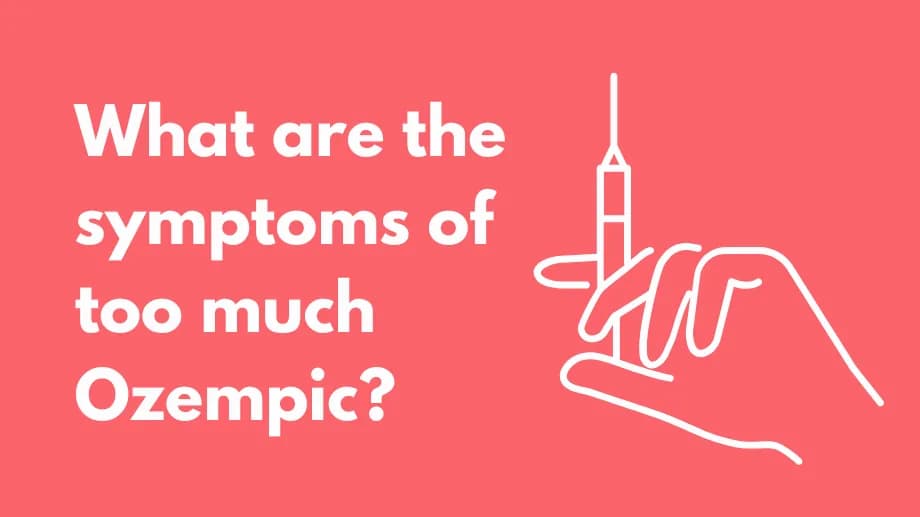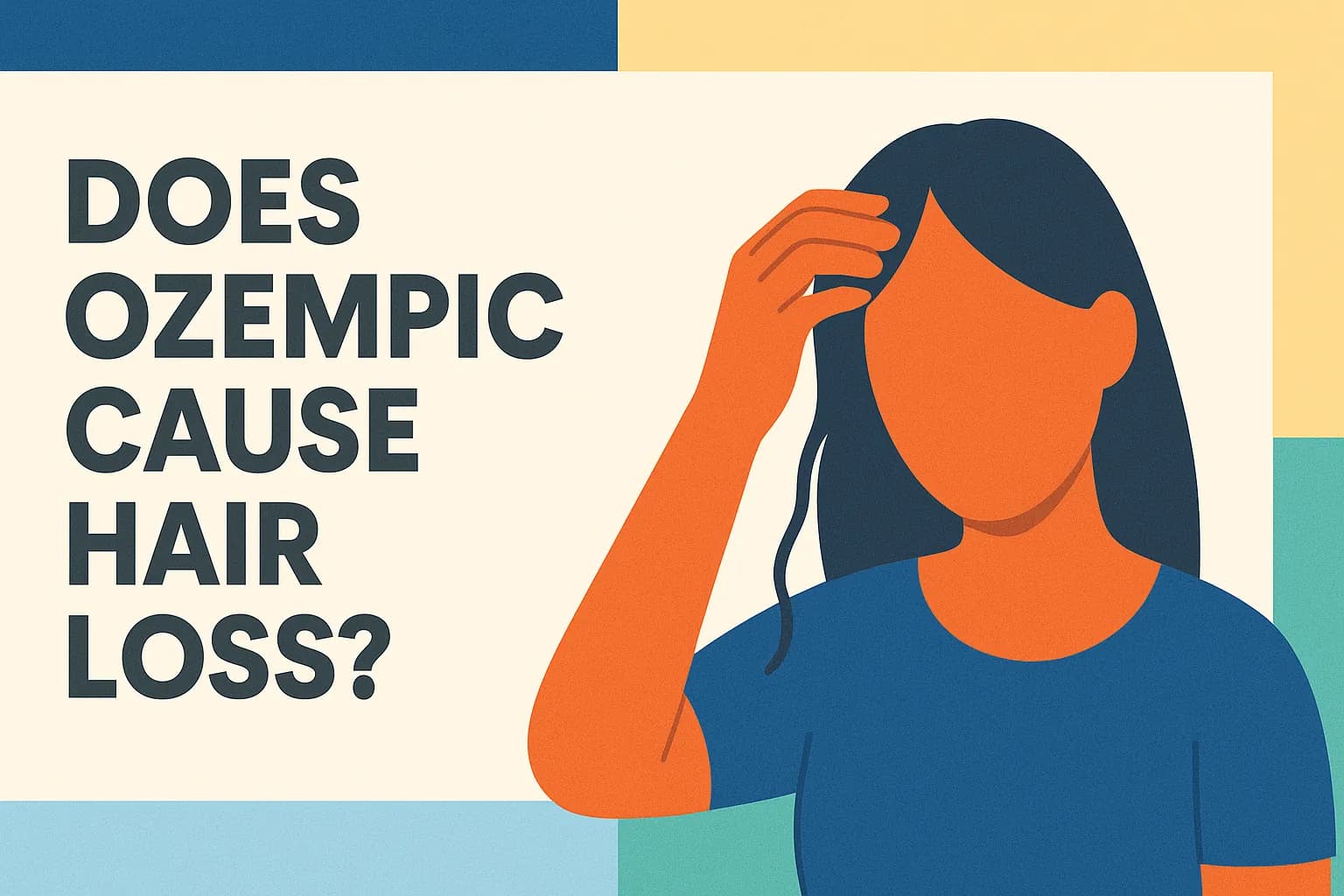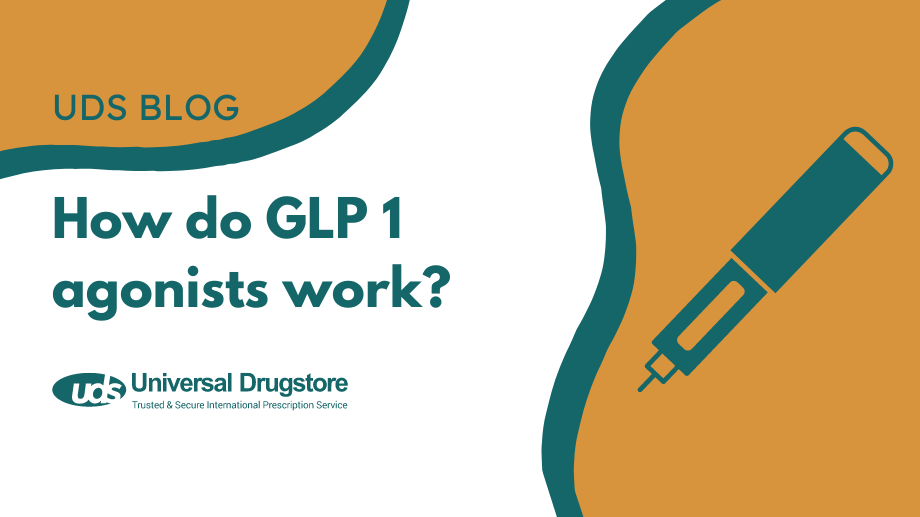What happens when you stop taking Ozempic?
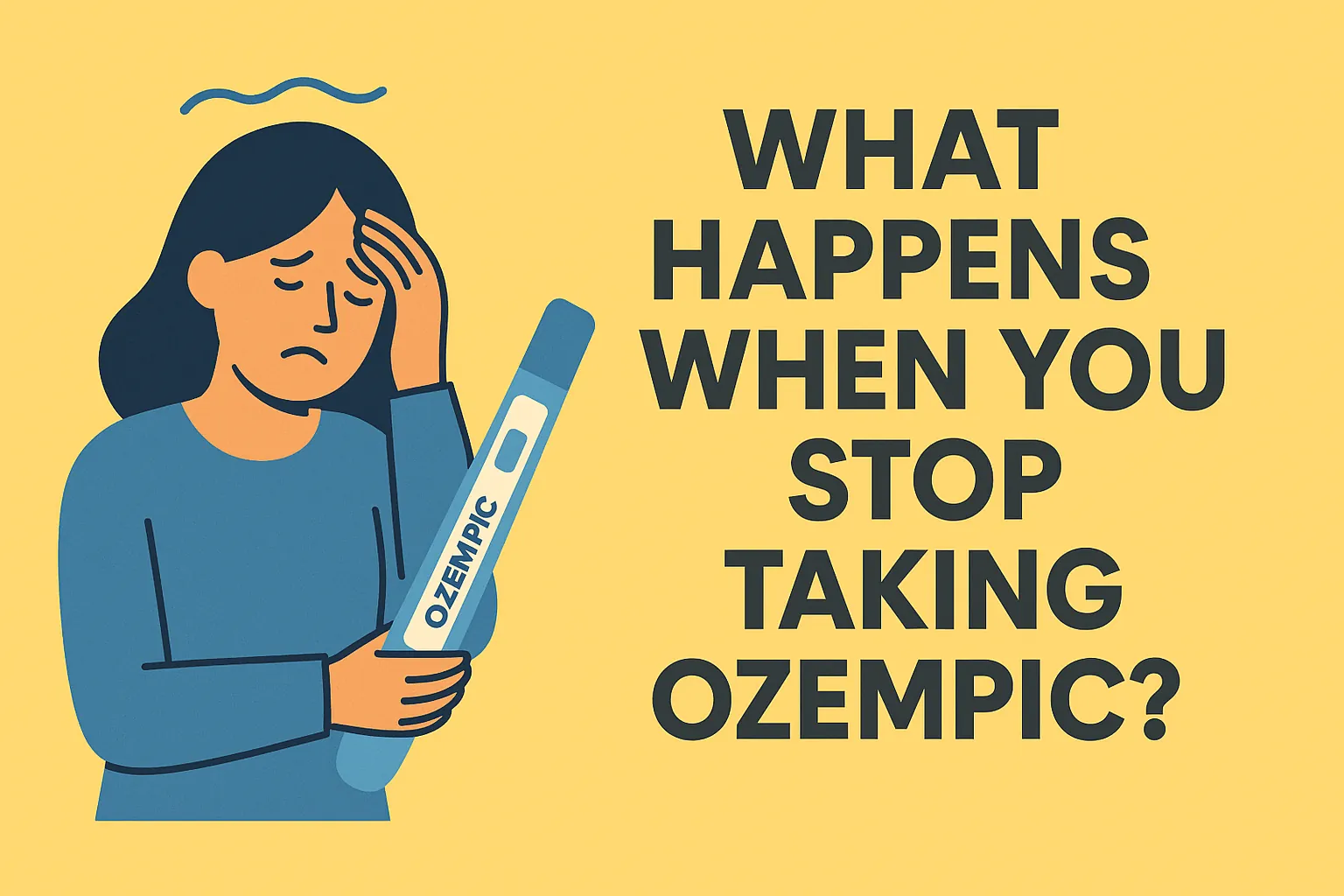
Ozempic (semaglutide) is an FDA-approved drug for improving blood sugar control in people with type 2 diabetes and is also used off-label for weight management. Stopping it, particularly after long-term use, can lead to several changes and effects.
Body Changes After Stopping Ozempic
Ozempic, containing semaglutide, is a GLP-1 receptor agonist. Upon cessation, you might notice:
- Weight gain due to increased appetite and less satiety
- Increase in blood glucose levels, especially in people with diabetes
- Potential ongoing benefits to heart health despite weight regain
- Reversal of ‘Ozempic face,’ a term describing facial changes from rapid weight loss
Side Effects After Stopping
Common side effects like nausea and diarrhea should decrease after discontinuing Ozempic, although the drug’s long half-life means it may take about 5 weeks to clear from your system.
Shop Medications
Stopping Ozempic Safely
Consultation with a healthcare professional is advised before stopping Ozempic to manage withdrawal symptoms and adjust your treatment plan.
Maintaining Weight After Stopping Ozempic
Maintaining weight after stopping Ozempic involves lifestyle adjustments, despite an increased appetite. Strategies include:
- Regular exercise, as per WHO guidelines
- Making healthy dietary choices, focusing on fiber-rich foods, lean proteins, and healthy fats
- Ensuring adequate sleep to control hunger and manage weight
- Drinking plenty of water to aid satiety and reduce calorie intake
Sources
- Wilding, J. P. H., et al. (2022). “Weight regain and cardiometabolic effects after withdrawal of semaglutide: The STEP 1 trial extension.” Diabetes, Obesity, and Metabolism.
- Rubino D, et al. (2021). “Effect of Continued Weekly Subcutaneous Semaglutide vs Placebo on Weight Loss Maintenance in Adults With Overweight or Obesity: The STEP 4 Randomized Clinical Trial.” Journal of the American Medical Association.
- Jensen SBK, et al. (2024). “Healthy weight loss maintenance with exercise, GLP-1 receptor agonist, or both combined followed by one year without treatment: A post-treatment analysis of a randomized placebo-controlled trial.”
- “Physical Activity.” World Health Organization (WHO).
